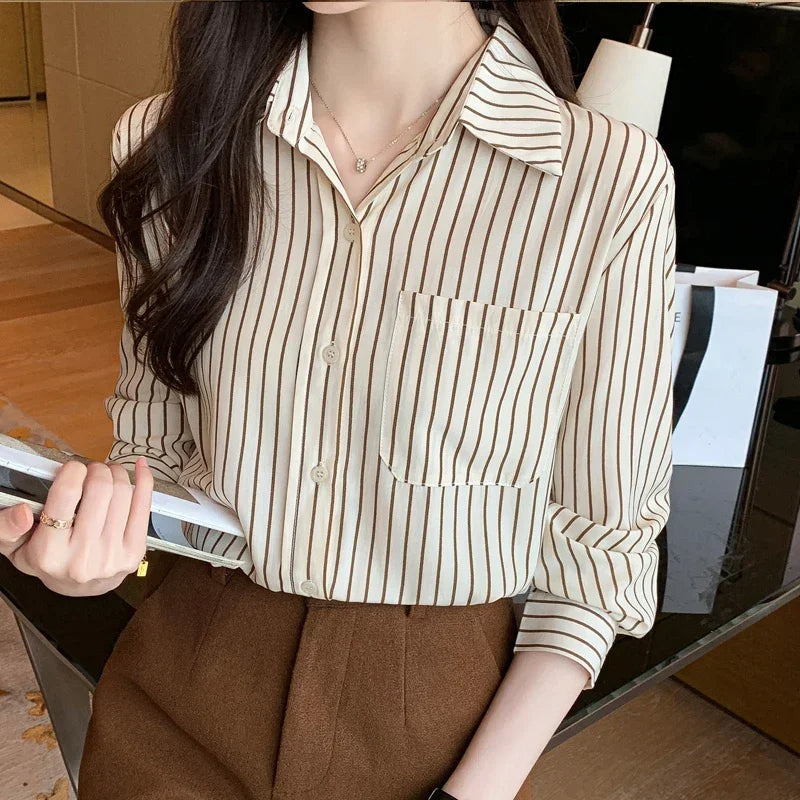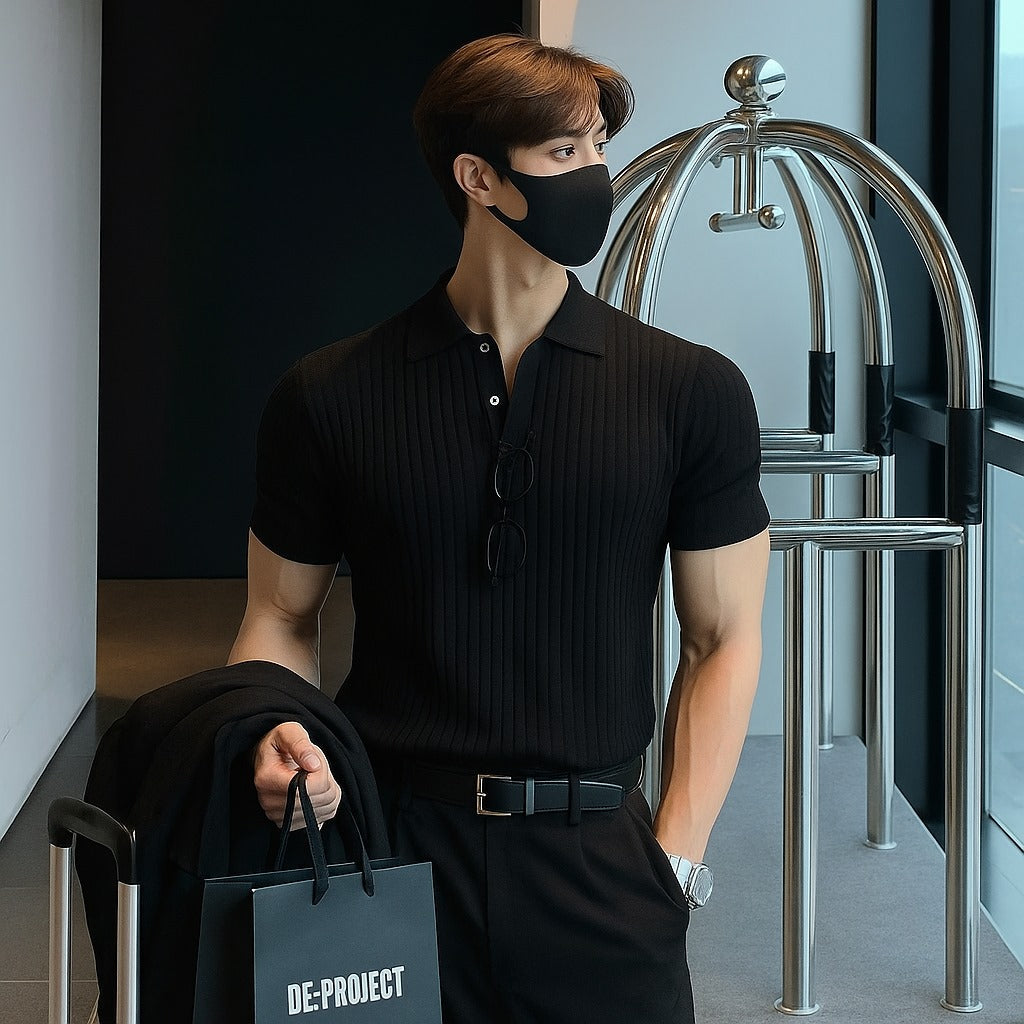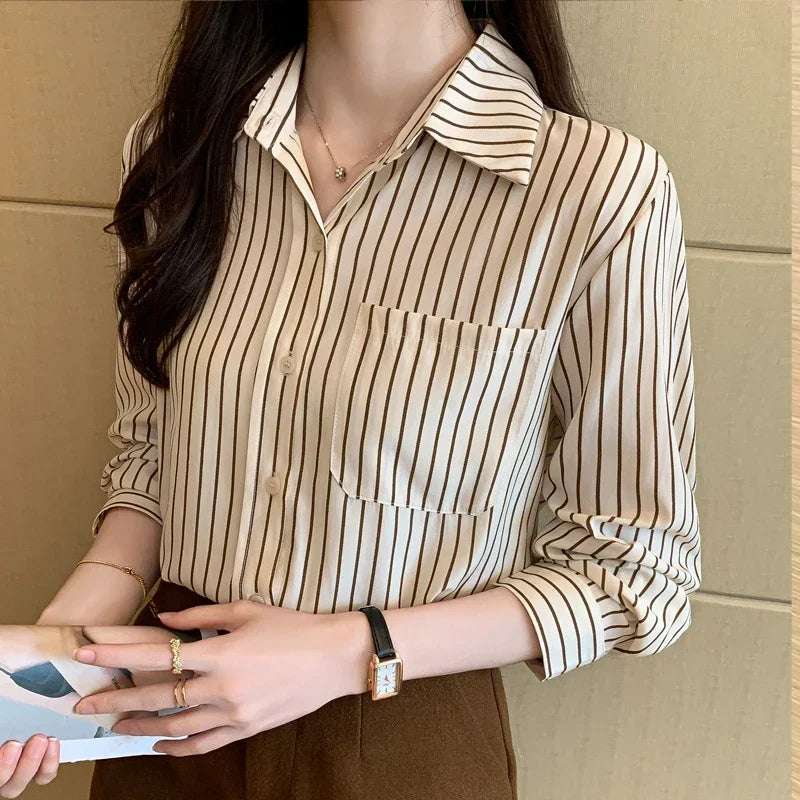
Old Money Style: The Best Shirts Every Gentleman Should Own
Old-money style is built on reliable wardrobe staples that outlast fast-moving trends. At the center of that wardrobe is a small rotation of well-made shirts—pieces that dress up or down, travel easily, and survive years of cleaning without losing shape.
Old Money Style: The Best Shirts Every Gentleman Should Own explains which fabrics, collars, and fits matter most, why they’ve earned a permanent place in classic menswear, and how to care for them so they look sharp decade after decade.
1. Why Shirts Anchor Old-Money Style
Generational wardrobes rely on pieces that survive both fad and frequent wear. Shirts meet the brief: they sit closest to the skin, touch every other garment, and frame the face in photographs that might outlive us.
Fashion editors at GQ call the white dress shirt “the backbone of a permanent wardrobe,” ranking it above any outer layer for day-to-day mileage. (gq.com) Meanwhile, Esquire reminds readers that fabric quality—poplin, twill, or pinpoint—determines whether a shirt “ages gracefully or dies in a year.
Old-money rule: if you only upgrade one garment, start with shirts.
2. The Fabric Fundamentals
|
Fabric |
Hand-Feel |
Best Season |
Old-Money Benefit |
|
Cotton Oxford (OCBD) |
Soft, textured |
Year-round |
Durable, handles weekly laundering |
|
Cotton Poplin / Broadcloth |
Smooth, cool |
Spring–Summer |
Sharp drape for suits; irons crisp |
|
Pinpoint Oxford |
Between poplin & OCBD |
Four-season |
Dressy sheen with casual toughness |
|
Twill |
Slight diagonal rib |
Autumn–Winter |
Less wrinkle, subtle luster |
|
Linen |
Airy, slubby |
High summer |
Breathes, develops charming creases |
|
Flannel |
Brushed, warm |
Winter |
Country-house casual; softens with age |
|
Chambray / Denim |
Sturdy, grainy |
All except high heat |
Adds workwear grit without logos |
Choose natural fibers first. Polyester blends trap heat, pill quickly, and never gain that lived-in charisma old-money style prizes.
3. The Six Essential Shirts
3.1 The White Oxford Cloth Button-Down (OCBD)
Why it matters
-
Works under a blazer, over swim trunks, or solo with flannels.
-
Survives more washes than any dress shirt.
Old-money note
Roll the collar naturally—no “swoosh” buttons flattened by starch. Pair with stone chinos from our Old Money Pants for year-round dinners.
3.2 The Light-Blue Poplin Spread-Collar
Why it matters
-
Frames a tie better than an OCBD.
-
Poplin’s tight weave delivers boardroom sharpness.
Buying tip
Look for single-needle stitching and removable collar stays. Slip on a silk knit tie from the Old Money Accessories collection for meetings that run past cocktails.
3.3 The Bengal Stripe Dress Shirt
Why it matters
-
Adds depth without loudness; stripes read polished in photos.
-
Plays well with navy suits and charcoal flannels.
Fit guide
Stripe width of ¼-inch is a sweet-spot classic. Too fine reads corporate, too bold drifts into theme-party territory.
3.4 The Tattersall Country Shirt
Why it matters
-
Worn by land stewards and London bankers alike.
-
Pairs with tweed, waxed jackets, and dark denim.
Old-money pairing
Throw it beneath a moss-green field jacket and cord-urus for a weekend shoot—or tucked into selvedge denim for a city café.
3.5 The Linen Button-Down
Why it matters
-
Keeps you cool in 30 °C heat.
-
Creases signal ease, not sloppiness.
Color palette
White, ecru, or pale chambray blue. Loud tropical prints feel nouveau; subtle texture does the talking.
3.6 The Denim or Chambray Work Shirt
Why it matters
-
Adds rugged texture to otherwise trim wardrobes.
-
Fades uniquely, telling your story year by year.
Old-money balance
Wear it under a navy hopsack blazer, not a trucker jacket. Let refinement and grit coexist.
4. Collars, Cuffs, and Details Worth Paying For
|
Feature |
What to Look For |
Why It Matters |
|
Collar Roll |
Soft interlining in OCBDs |
Sits naturally, frames tie or sweater |
|
Single-Needle Stitching |
18–22 stitches/inch |
Smooth seams, fewer puckers |
|
Mother-of-Pearl Buttons |
Slight iridescence |
Resists cracking, signals craft |
|
Split Yoke |
Diagonal fabric grain |
Allows subtle shoulder stretch |
|
Raised Placket |
¼-inch elevation |
Holds shape through decades |
Skip glued-in fusing on collar points; it bubbles after multiple dry-clean cycles.
5. How to Fit Shirts the Heirloom Way
-
Shoulders – Seam sits at shoulder bone, no lower.
-
Chest – Two fingers of ease when buttoned.
-
Waist – Gentle taper; too slim strains buttons, too boxy bags under a jacket.
-
Sleeve Length – Cuff ends at the wrist bone so ¼-inch shows under a blazer.
-
Collar – One finger between fabric and neck when buttoned.
A competent tailor can slim the body, dart the back, or shorten sleeves—worth every rupee if you plan to keep a shirt for a decade.
6. Matching Shirts to Trousers and Accessories
|
Shirt |
Trouser Match |
Accessory Highlight |
|
White OCBD |
Stone chinos |
Navy knit tie |
|
Blue Poplin |
Charcoal wool |
Gold cuff links |
|
Bengal Stripe |
Navy flannel |
Burgundy grenadine tie |
|
Tattersall |
Olive corduroy |
Brown suede belt |
|
Linen |
Almond-tone pleated shorts |
Woven leather loafers |
|
Chambray |
Cream denim |
Rope bracelet |
Anchor your shirts with heritage trousers and subtle accents—browse staples in our Shirts collection to see how each cut harmonizes with collars and cuffs.
7. Care Rituals That Preserve the Nap
-
Unbutton Everything – Stress on stitches kills longevity.
-
Cold Wash, Gentle Cycle – Heat weakens cotton fibers.
-
Mild Detergent – Enzyme-heavy formulas erode fine weaves.
-
Line Dry – Reduce shrinkage; finish with light iron on damp cloth.
-
Rotate Wearing – Two-day rest lets fibers rebound.
Store shirts on wide cedar hangers. Skip wire hooks that bend collars into unwanted angles.
8. Cost-Per-Wear Economics
A $200 Oxford worn once weekly for five years costs $0.77 per wear; a $40 fast-fashion copy that pills after 20 washes costs $2 per wear. Quiet luxury is often cheaper in the long run.
9. Sustainability and Heritage
Repair culture runs through old-money homes: collar frays? Turn the collar. Cuff edges worn? Replace with matching fabric saved from initial alterations.
According to the Ellen MacArthur Foundation, extending garment life by nine months reduces its carbon impact by up to 30 %. Sewn-in value beats disposable churn every time.
10. Common Mistakes and Simple Fixes
|
Error |
Quick Fix |
|
Logo overload |
Choose plain fronts; monograms belong discreetly on the waistline, not chest pocket. |
|
Untucked dress shirts |
opt for casual cuts with shorter hems if you intend to wear untucked. |
|
Over-starch cuffs |
Light spray, press damp—heavy starch cracks fiber. |
|
Bright novelty prints |
Limit to pocket squares; shirts should anchor, not advertise. |
11. Timeline: Building a Shirt Wardrobe in 90 Days
Month 1 – Buy one white OCBD and one blue poplin.
Month 2 – Add Bengal stripe and linen button-down.
Month 3 – Finish with tattersall and chambray; tailor everything for perfect fit.
Photograph daily outfits to track versatility gaps before splurging on extras.
12. Future Outlook: Shirts After 2025
Menswear editors predict a return to fuller cuts and softer collars, but core fabrics will remain. GQ’s forecast of summer 2025 shirts includes classic blue and white button-downs as the only “sure bets” across all dress codes. (gq.com) Fabric tech will add stretch weaves without synthetic shine, and bio-based dyes will replace heavy metals.
Yet the six shirts above will still rule closets—proof that genuine classics outlast any single trend cycle.



